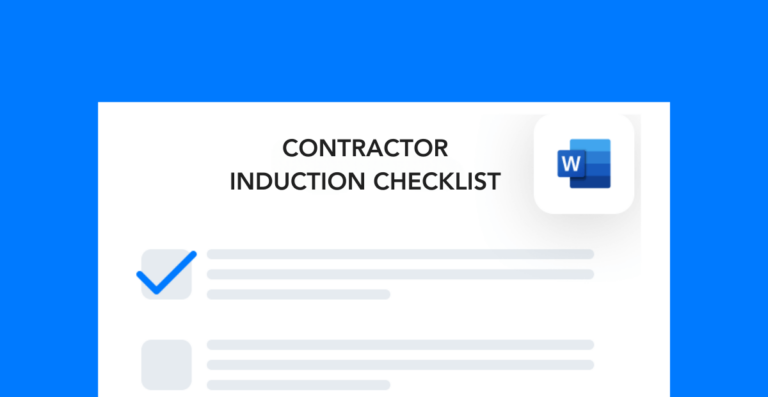Subcontractor management is a pain in most organizations regardless of their size. Without a standard approach to managing these workers, it can be really difficult to remain compliant with regulatory requirements.
The first step is to understand what regulatory requirements you must fulfill regarding your contractors. Then, you can move into the prequalification and onboarding processes.
Your obligations under OSHA
At the end of the day, you are responsible for whatever your subcontractor does while they’re working on your site. Under OSHA regulations, you are considered the “Controlling Employer” when it comes to using subcontractors.
If you aren’t the “Controlling Employer,” you’re most likely one of the other employers listed in the multi-employer worksite standards. The others are either the creating, exposing, or correcting employers.
This means that if you happen to have an interaction with OSHA regarding your subcontractors, they’ll ask questions to determine your responsibilities. They consider this a two-step process.
Step 1: Does the employer have responsibilities regarding compliance with OSHA standards?
Step 2: Did the employer take sufficient steps to meet the requirements of the standard?
Remember, OSHA can still investigate safety issues outside of your annual 300 logs. And they can certainly still cite you for any wrongdoings they find. If you’re confused about your employer status in these areas, I’d highly recommend that you read the OSHA directive on multi-site employers.
Prequalification of contractors
Having unverified workers performing tasks in an unsafe manner exposes your company to all kinds of risk. Your subcontractor management process should always start with a pre-qualification process.
You can set up an account with many of the services out there. ISNetworld, Avetta, and Appruv are some of the biggest ones to check out.
I’d also recommend creating a mandatory questionnaire that asks subcontractors to share their EHS practices. You might consider asking for the option to audit their practices at your discretion. Some of the prequalification services I listed above can help you with this process.
Onboarding new contractors
Once the EHS manager has approved subcontractors for work, the next step is to meet with them to discuss the job. It’s crucial during this initial meeting to convey your expectations regarding EHS compliance.
Subcontractors need to understand that you expect them to follow your company’s policies and procedures. It’s possible that contractors may have more stringent EHS policies than you do, but this is not common in my experience.
Getting support of upper management
After the job begins, make your presence known to your subcontractors and let them know if they’re not meeting your expectations. You must be able to have the difficult conversations with them. They’re working for you, and you may need to remind them of that at times. Subcontractor management is easiest when you can establish a clear set of expectations for everyone involved in the work.
Having the support of upper management is essential for this process to run smoothly. If your leaders aren’t willing to terminate a subcontractor agreement due to EHS concerns, it undermines the effectiveness of your entire EHS program.
The best way to get and keep support is to spell out what will happen if leaders don’t take your concerns seriously. Because if your subcontractors don’t follow your EHS protocols, they endanger the health and well-being of your full-time employees as well.

Jason Hathcoat
Jason is a seasoned EHS professional with more than 17 years of experience working in health and safety. He currently works as an EHS manager for a large global HVAC company.




